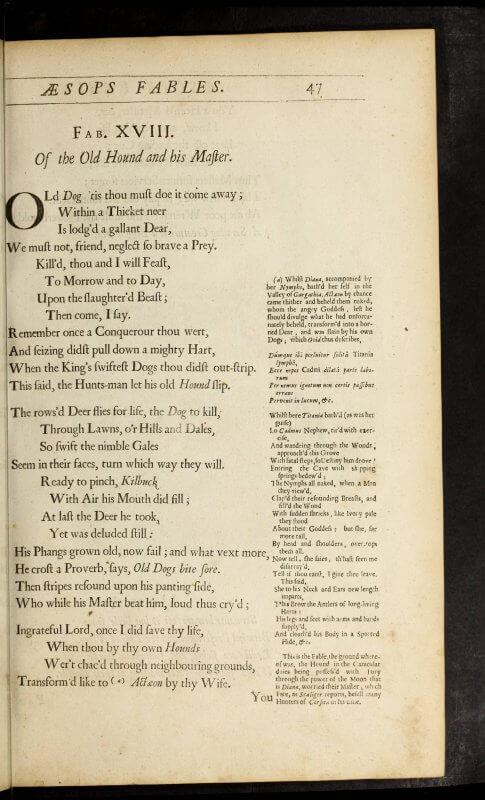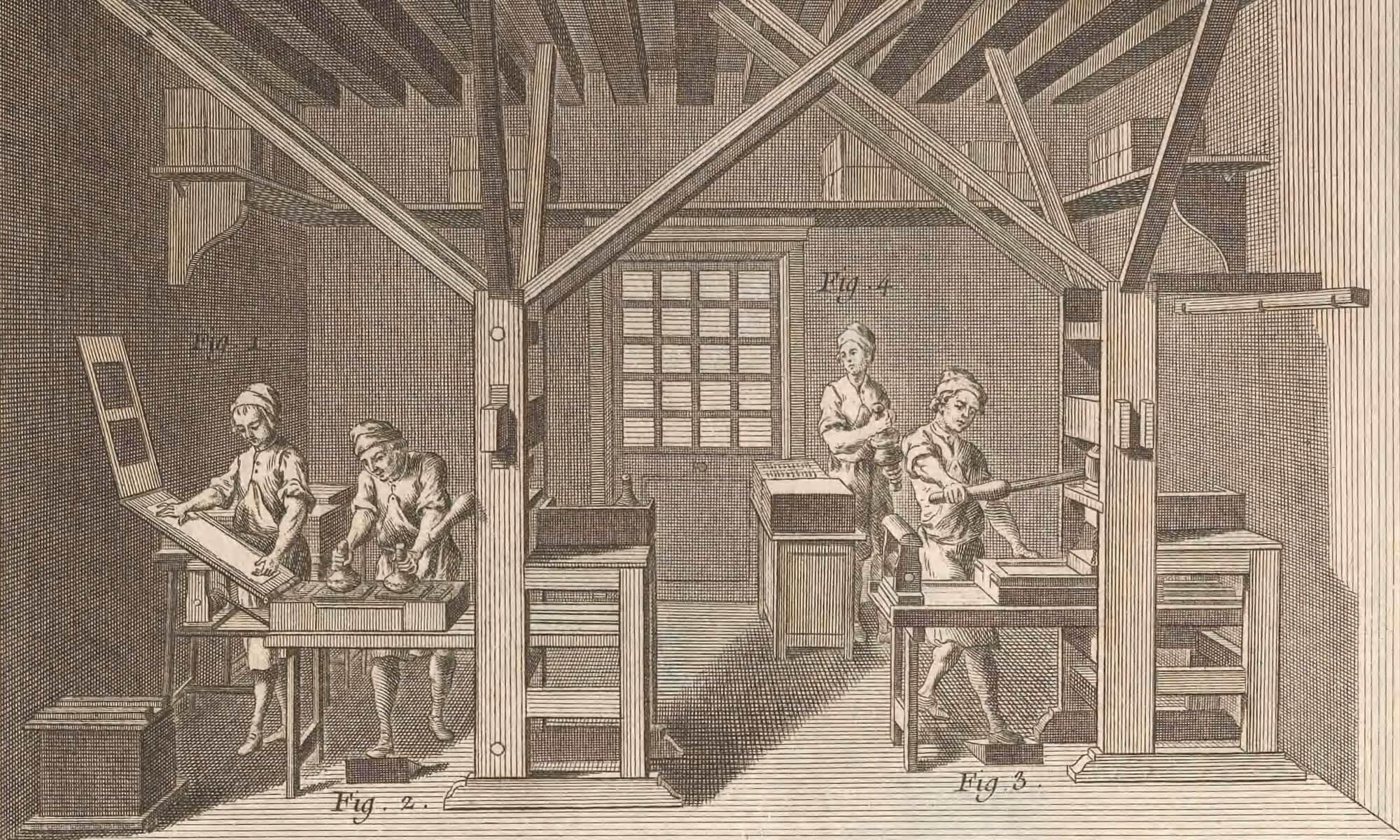Marmion, Antiquary, 1641 (H4r)

Marston, Antonio and Mellida, 1603 (A1r)

Morley, Introduction to practicall musicke, 1608 (B4r)
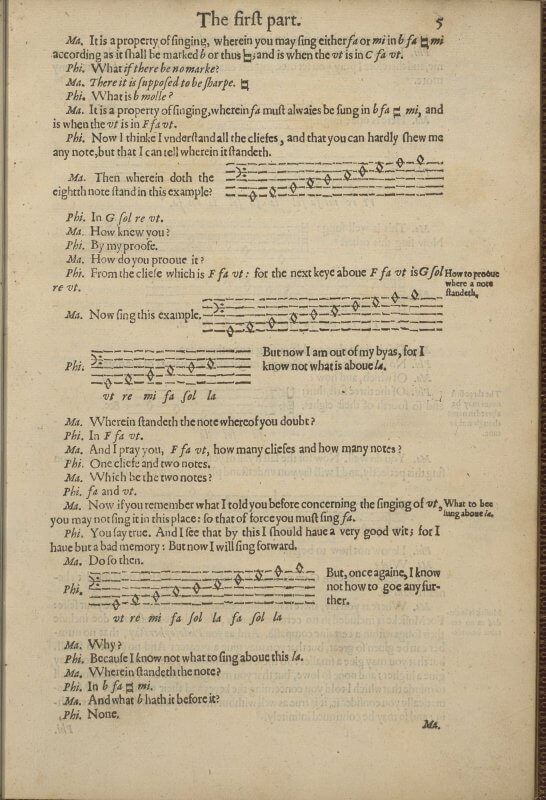
Moxon, Mechanick exercises, 1683 (F4v)
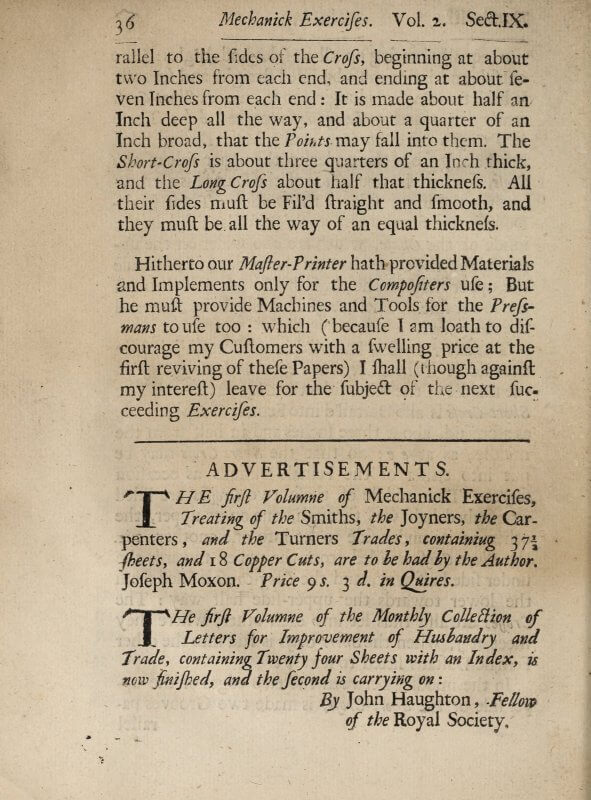
Moxon, Mechanick exercises, 1683 (S4v)
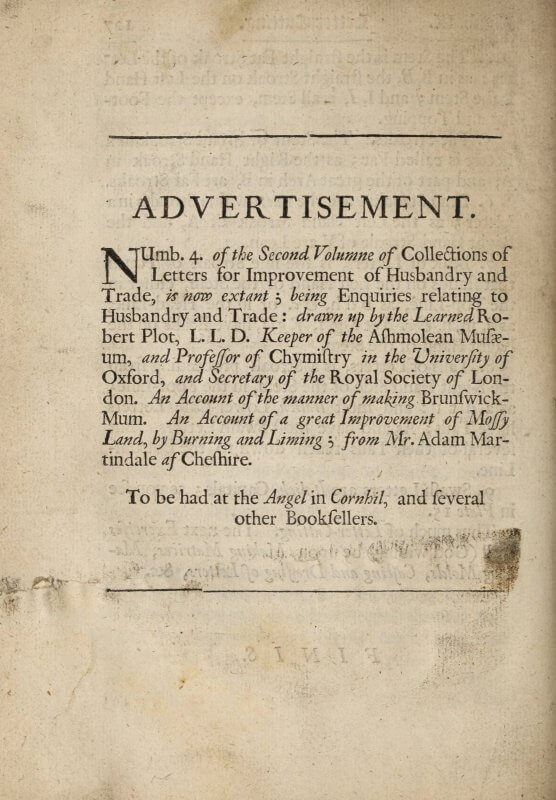
Nostradamus, An almanach, 1562 (fol. 1r)
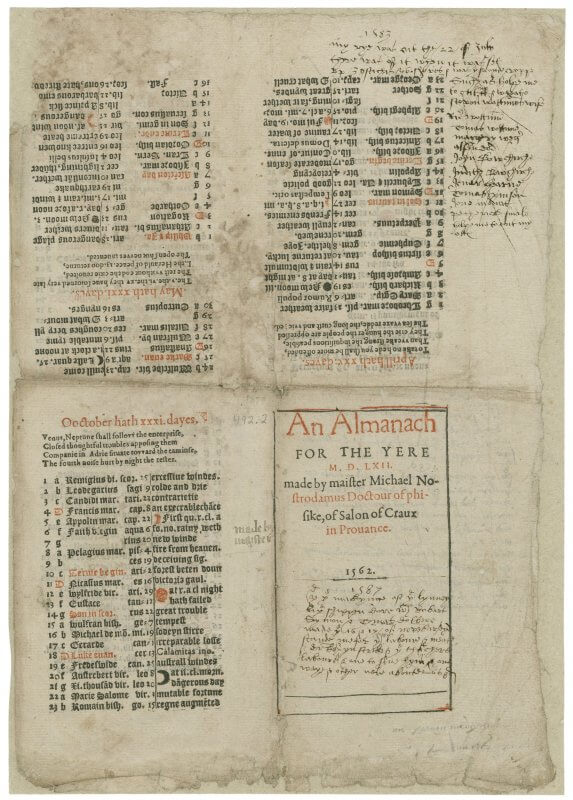
Nostradamus, An almanach, 1562 (fol. 1v)
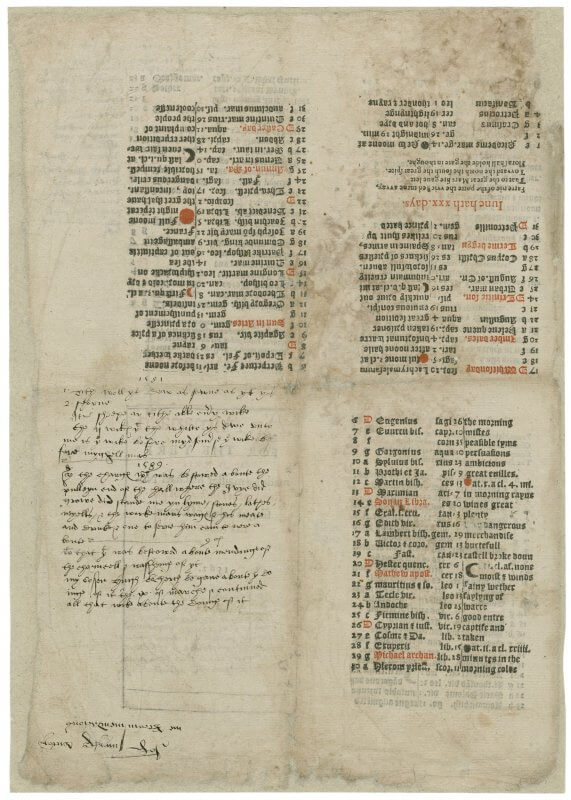
Nostradamus, An almanach, 1562 (fol. 2r)
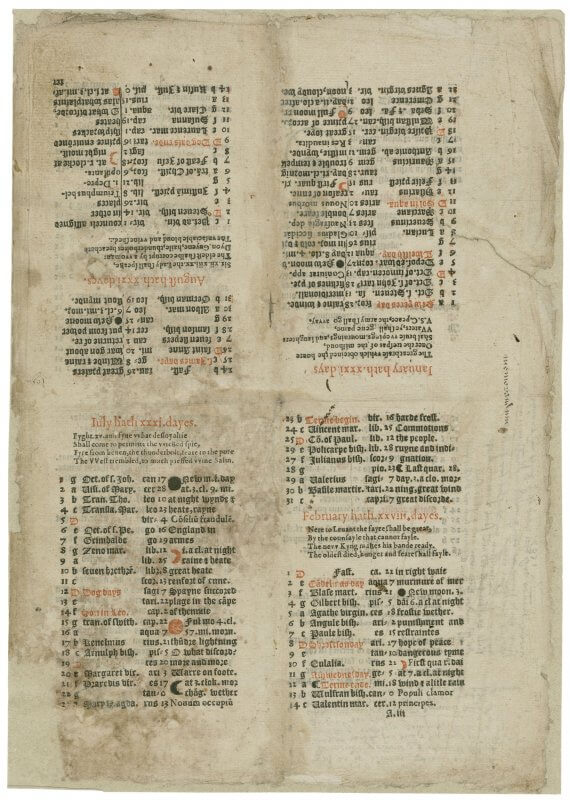
Nostradamus, An almanach, 1562 (fol. 2v)

Ogilby, Aesop, 1668 (pg. 47)
